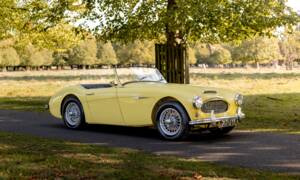- Car
- Austin-Healey
- Austin-Healey 3000 (59 offers)
Austin-Healey 3000 classic cars for sale
The Austin-Healey 3000 delivers uncompromising British roadster character, combining a 3-litre straight-six engine, robust chassis, and distinctive design. Built between 1959 and 1967, this model remains one of the most technically fascinating and authentic classic sports cars of its era.
Search results
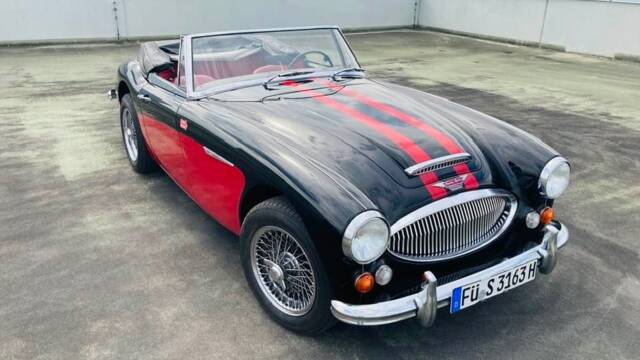
1967 | Austin-Healey 3000 Mk III (BJ8)
**Restauriert**Foliert**Deutsch H Zulassung**

1960 | Austin-Healey 3000 Mk I (BN7)
AUSTIN HEALEY 3000 BN7 MKI 4 MARCE + OVERDRIVE (1960) RARISSIMA – SUPERCONDIZIONI – SUPERPREZZO

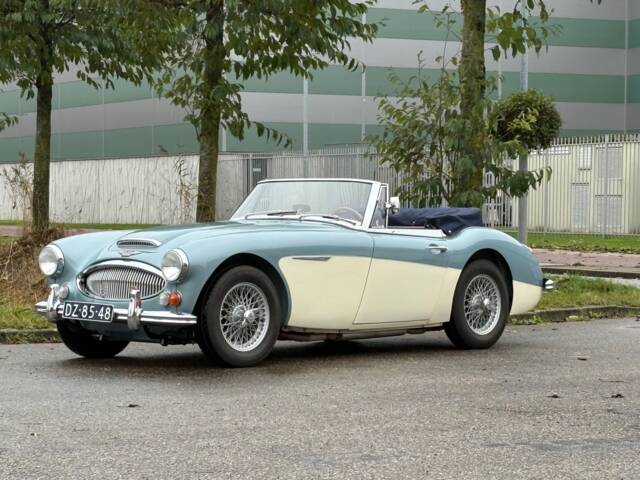

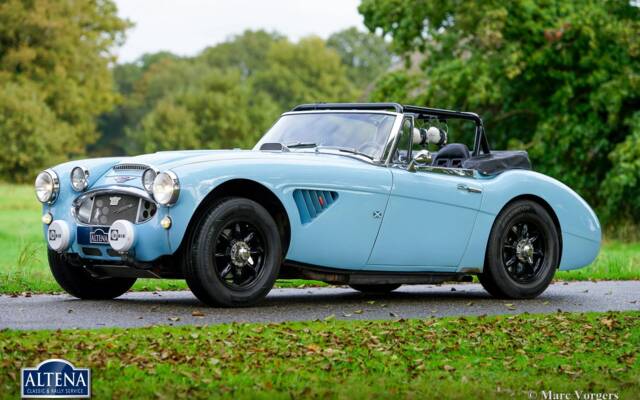
1964 | Austin-Healey 3000 Mk II (BJ7)
Austin Healey MK IIA Rally

1960 | Austin-Healey 3000 Mk I (BT7)
1960 Austin Healey 3000 Mk. I BT7
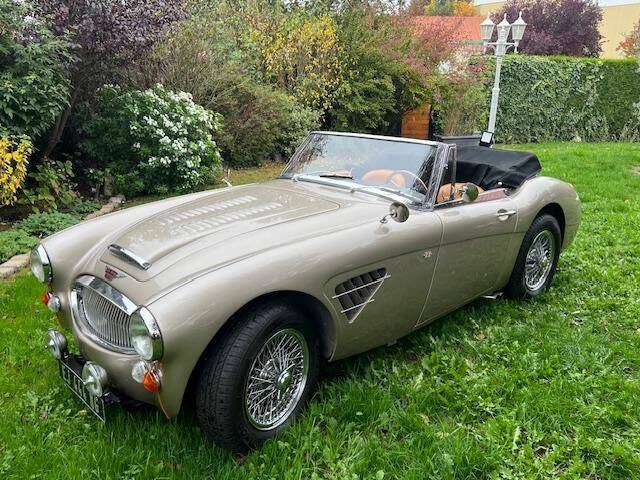
1965 | Austin-Healey 3000 Mk III (BJ8)
Austin-Healey BJ8 MK III | 1965 | Route 66 Auctions - For sale by auction. Estimate 53500 EUR
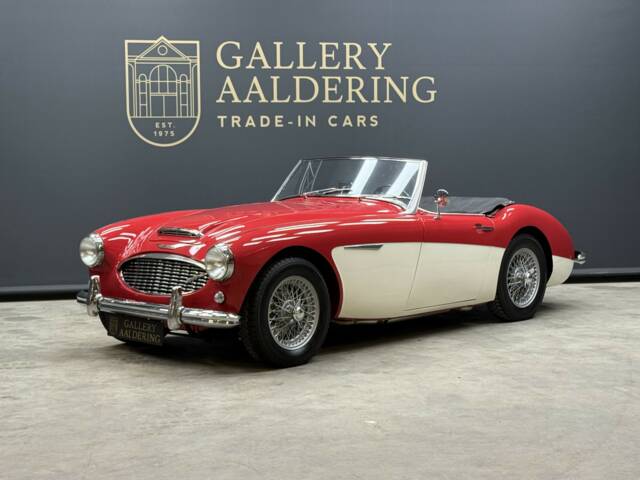
1961 | Austin-Healey 3000 Mk I (BT7)
Austin Healey 3000 MK2 "Trade-in car" Great driver's quality, Partially restored a few years ago by Healey specialist, Big Healey 3000 in BT7 four-seater configuration, Finished in "Colorado red over Ivory white",
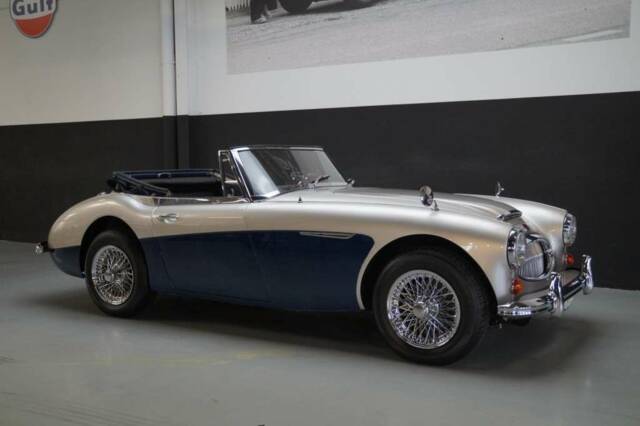
1965 | Austin-Healey 3000 Mk III (BJ8)
Austin-Healey 3000 MKIII BJ8 (1965)
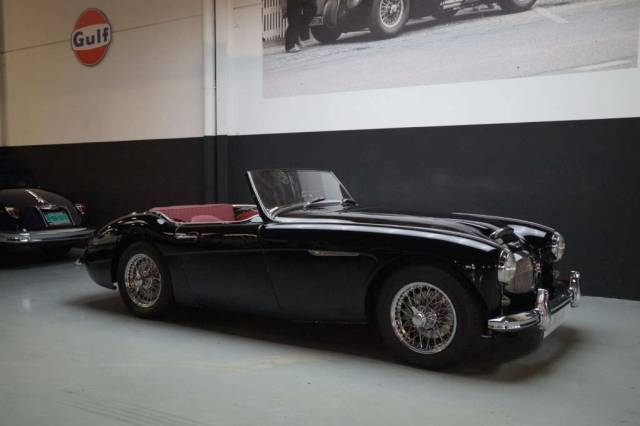
1962 | Austin-Healey 3000 Mk II (BJ7)
Austin-Healey 3000 MK2 Restored (1962)
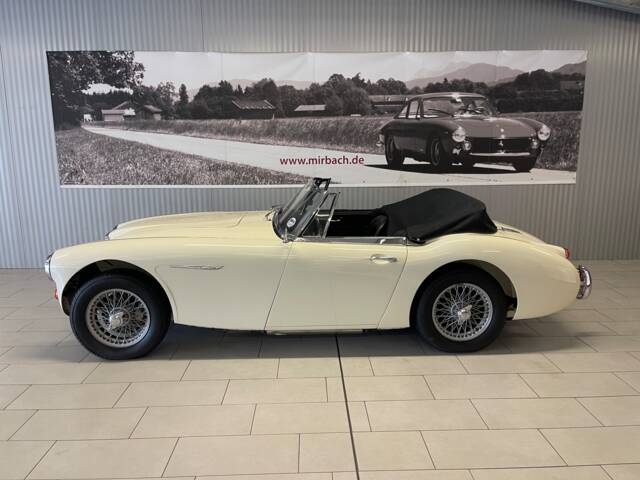
1965 | Austin-Healey 3000 Mk III (BJ8)
3000 Mark III (BJ8)
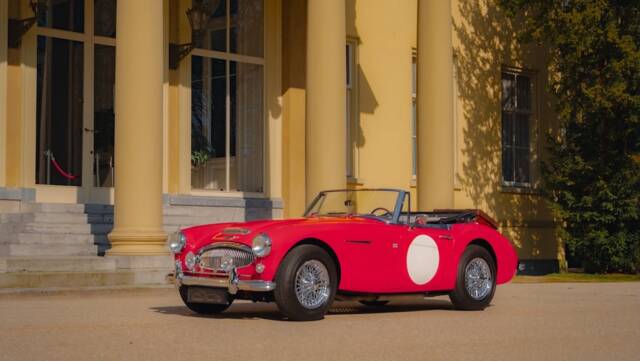
1965 | Austin-Healey 3000 Mk III (BJ8)
Austin Healey 3000 MK III BJ8
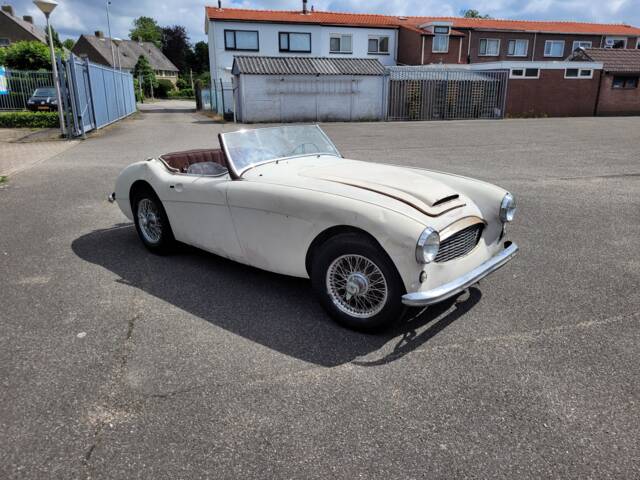
1960 | Austin-Healey 3000 Mk I (BT7)
For Sale: 1960 Austin Healey 3000 BT7 - Restoration Project
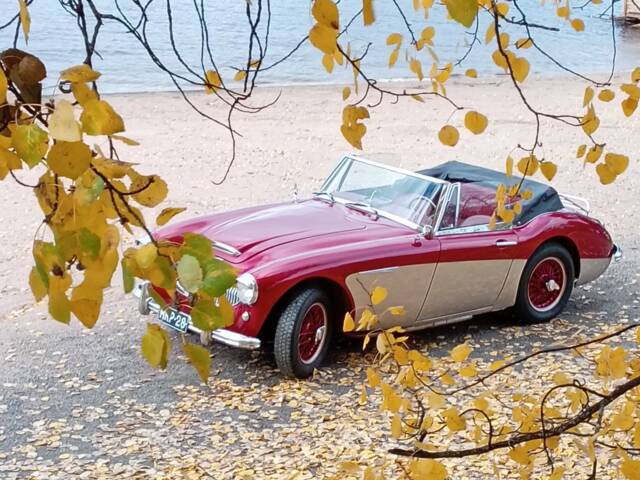
1964 | Austin-Healey 3000 Mk II (BJ7)
Very well restored Austin-Healey MK II BJ7 1963
History of the Austin-Healey 3000
Launched in 1959 as the successor to the 100-6, the Austin-Healey 3000 epitomised post-war British sports car engineering. With bodywork by Jensen Motors and assembly at BMC's plant in Abingdon, it followed a tradition of robust, modular construction. Its name, '3000', refers to the 2,912cc straight-six engine under the bonnet, which marked a clear advance in performance and smoothness over its predecessors. Throughout its production until 1967, the 3000 maintained its core identity as a pure sports roadster with minimal comfort concessions. This model earned its stripes in international rallying, and a vast majority of cars were exported—especially to the United States. With around 42,900 units produced across different series, the 3000's story is that of motorsport heritage, technical evolution, and enduring international appeal.
Model Range and Evolution
The 3000 was produced in three distinct series: Mk I (1959–1961), Mk II (1961–1963), and Mk III (1964–1967). Each iteration brought improvements in comfort, power, and handling. The Mk I introduced the durable mechanical backbone and essential design language; the Mk II was notable for the 'Tri-Carb' engine and convertible versions; the Mk III (BJ8) reached new highs in power (up to 148–150 PS), luxury, and everyday usability. The most popular variant, the Mk III BJ8 Phase II, featured increased ride height and further technical refinements, making it highly sought after by enthusiasts. Production ceased in 1967, largely due to US emissions regulations and changing automotive trends, succeeded eventually by the Jensen-Healey.
Key Features and Market Performance
The Austin-Healey 3000 stands out for its 3-litre straight-six engine, rear-wheel drive, robust ladder frame, and distinctive driving experience. From factory options like wire wheels, overdrive, and hardtops to its successful motorsport pedigree, the 3000 delivers both mechanical intrigue and authentic engagement. Variants range from pure two-seaters (BN7) to more spacious 2+2 configurations (BT7, BJ7, BJ8), and bodywork from aluminium elements in rally cars to walnut veneer dashboards on later Mk III models.
In terms of supply, 55.1% of listed Austin-Healeys on Classic Trader are ADO 26 (early 3000) and 44.9% are ADO 30 (BJ8 / later 3000s). Demand is strong for both, with ADO 30 constituting 51.4% of listing views, confirming the lasting appeal of the Mk III BJ8.
Technical Specifications
Special Models and Limited Editions
Key special models include the Mk II 'Tri-Carb,' equipped with three SU HS4 carburettors for improved performance, and competition/rally versions with lightweight aluminium panels and high-specification rally equipment. Notably, the Mk III BJ8 Phase II is highly valued for its combination of performance enhancements and more civilised ride height, distinguishing it among collectors. Factory hardtops, rare paint finishes, and verified 'matching numbers' examples also elevate desirability among specialists.
Weak Spots and Common Issues
- Engine and drivetrain are robust if well maintained—proven by their rally heritage and simple mechanical layout.
- Most critical issue is rust: Sills, chassis rails, and lower body panels must be professionally inspected pre-purchase.
- Original Mk III models suffered from problematic ground clearance (90 mm ride height), which was improved on later Phase II models.
- Cabin is snug and road noise is pronounced, making long trips tiring; boot space is minimal and limits grand-touring practicality.
- Most technical spares are readily available, but restoration of structural rust can be costly.
- Regular lubrication of suspension and driveline components essential to prevent premature wear.
Engine, Performance and Driving Dynamics
The 3000’s 2.9-litre straight-six delivers muscular torque (226–240 Nm) and strong acceleration, especially in everyday traffic. All derivatives are rear-wheel driven, mated to a 4-speed manual (optional overdrive). Handling is characteristic of classic British roadsters: lively, with a short wheelbase (234 cm) and direct steering, though the solid rear axle and leaf springs demand attention on rougher surfaces. Brake performance is solid for the period, with front discs as standard. Rally pedigree is evidenced by international victories in events like the Liège–Rome–Liège, Coupe des Alpes, and through drivers like Pat Moss. The Mk III’s refined suspension and 148 PS engine make it the most capable for spirited driving. Average vehicle weight is between 1,050 and 1,200 kg, contributing to the model’s sporty agility. * Mk I (BN7/BT7): early 124 PS version, two-seater and 2+2.
- Mk II (BN7/BT7/BJ7): 'Tri-Carb' and convertible versions.
- Mk III (BJ8): 148–150 PS, luxury features, improved ride, and demand share lead.
Exterior, Interior, Comfort and Equipment
The Austin-Healey 3000’s bodywork—styled by Gerry Coker—defines the breed: taut lines over broad haunches, classic wire wheels (typically 15-inch, knock-off spinners), and a purposeful cockpit. The Mk III BJ8 stands out with walnut veneer dash, ergonomically improved convertible top, and roll-up windows. Earlier versions offered spartan interiors with painted or plain wooden dashes. Common accessories include factory hardtops, overdrive, two-tone paint finishes, and Moto-Lita steering wheels. Aluminium bonnets and doors appeared on competition models. Seating is sport-oriented, with minimal comfort concessions. Most cars left the factory with a suite of Smiths round instruments and period-correct trim; later models introduced improved weather protection and comfort elements.
Other Features
Heritage certificates, period documentation, and extensive parts supply make the 3000 one of the more practical classic British sports cars to restore. Around 90% of production was exported to North America, and many specialists provide support for technical advice, spare parts, and authenticity verification. Notable for 'matching numbers' and rare colour combinations, these elements can significantly influence value and appeal.
Summary
With its uncompromising straight-six powerplant, distinctive chassis character, and purposeful design, the Austin-Healey 3000 is a technical and cultural milestone among classic British sports cars. Across Mk I, Mk II, and Mk III variants, this model series offers a blend of engineering purity, rally-winning history, and collectable appeal grounded in robust mechanicals and a storied production run. Proper inspections for rust and attention to mechanical detail are crucial for long-term enjoyment, but a strong community, international specialist support, and a deep parts supply make ownership rewarding for committed enthusiasts.






